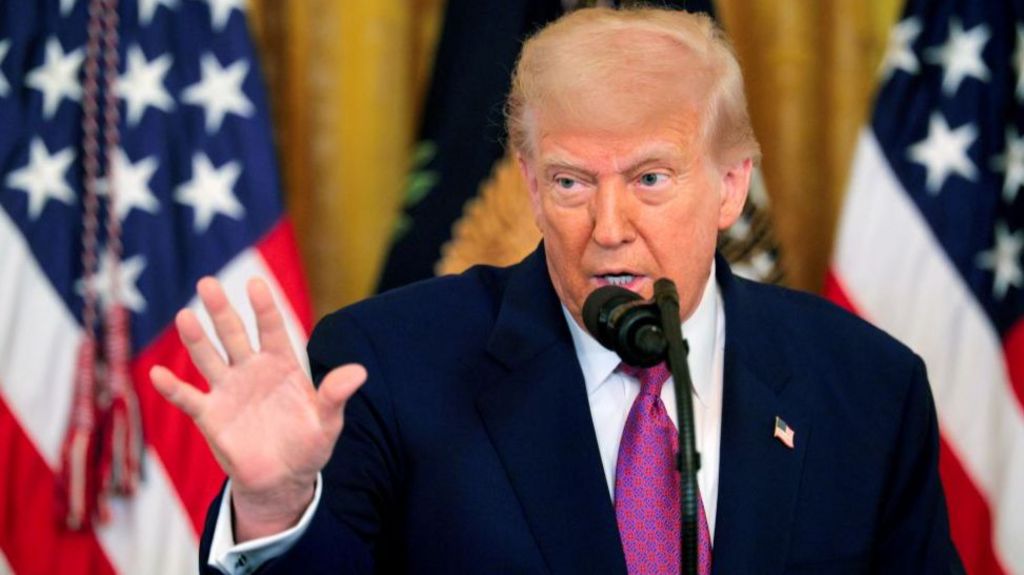
Donald Trump has launched military strikes against three Iranian nuclear facilities, marking a significant escalation in Middle East tensions just weeks after returning to the White House with promises of peace.
The president announced the operation on social media before delivering a televised address from the White House, declaring the strikes a “spectacular success.” Trump expressed hope the action would create conditions for lasting peace by eliminating Iran’s nuclear weapon potential.
Iran reported only minor damage to its heavily fortified Fordo nuclear site, though the full extent of damage remains unclear.
Speaking alongside Vice President JD Vance, Secretary of State Marco Rubio, and Defense Secretary Pete Hegseth, Trump warned Iran of future attacks that would be “far worse and a lot easier” if they refused to abandon their nuclear program. He indicated “many targets left” and promised continued action with “speed, precision and skill.”
The strikes represent a dramatic shift from Trump’s earlier “peacemaker” rhetoric and could draw America deeper into Middle East conflict. UN Secretary General António Guterres warned of a potential “spiral of chaos,” noting the region was already “on edge.”
Iran’s Supreme Leader Ayatollah Ali Khamenei had previously warned of retaliation against any US attack, raising concerns about escalating conflict cycles. Both nations had issued ultimatums that made backing down politically difficult.
The timeline accelerated rapidly from Trump’s original position. On Thursday, he gave Iran a two-week deadline for “unconditional surrender,” but acted within just two days. Whether this represented failed negotiations or a deliberate strategy remains unclear.
Trump’s designated Middle East peacemaker Steve Witkoff had been conducting behind-the-scenes discussions, though their outcome is unknown. In his address, Trump attempted to leave diplomatic channels open despite the military action.
The effectiveness of the strikes remains uncertain. While Israel has previously degraded Iranian military capabilities, the ayatollah retains weapons and options for response. Iran’s reaction to attacks on sites including Fordo, considered the crown jewel of its nuclear program, could determine whether the situation escalates further.
Trump appears to hope the strikes will force Iranian concessions in future negotiations. However, a nation unwilling to negotiate under Israeli pressure may be even less inclined to talk while facing American attacks.
The president faces political risks both domestically and internationally. The attack has drawn criticism from Democrats and members of Trump’s own “America First” movement, who question intervention in foreign conflicts.
Trump’s decision to deliver his address flanked by three key advisors may have been intended to project party unity. Vice President Vance, known for advocating restrained foreign policy, had recently defended Trump’s non-interventionist credentials on social media.
If the strikes remain a one-time action, Trump may manage internal party divisions. However, escalation into broader conflict could create significant political problems within his base.
The strikes represent an aggressive move for a president who campaigned against foreign interventions and boasted of starting no new wars during his first term. Having acted decisively, the ultimate consequences now extend beyond Trump’s complete control.


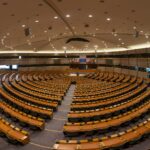


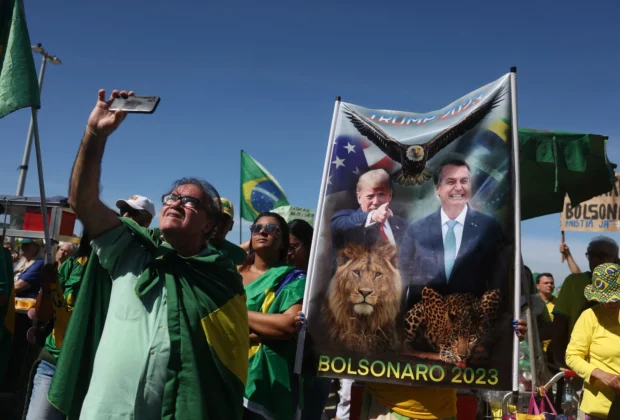
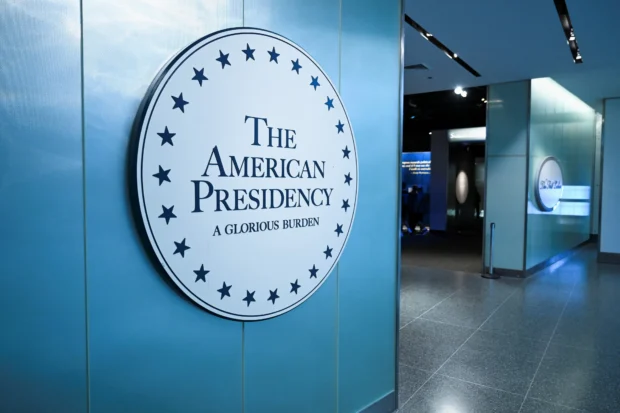
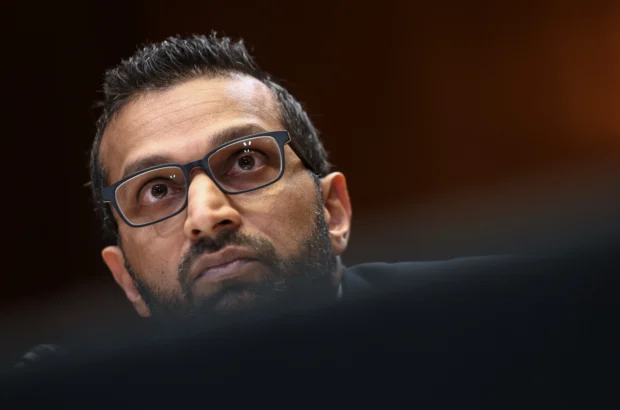
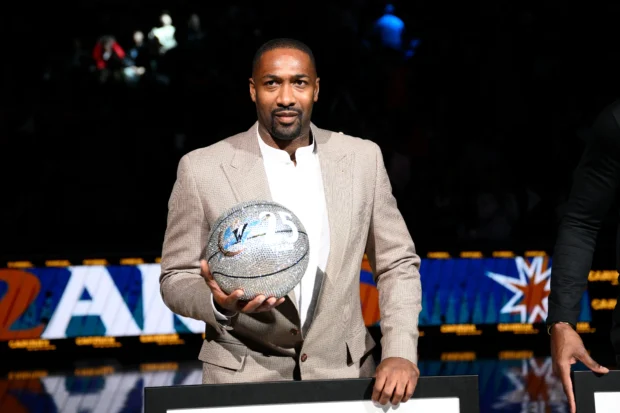
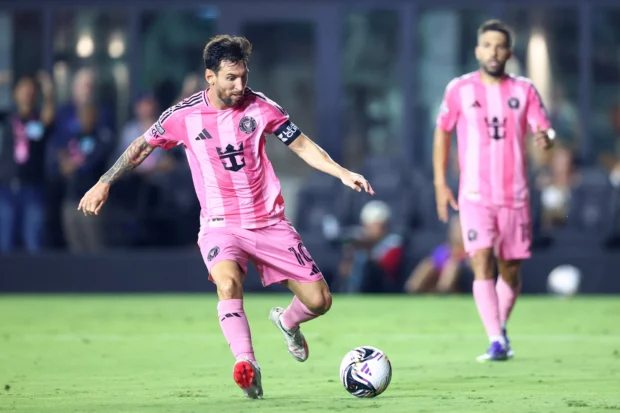
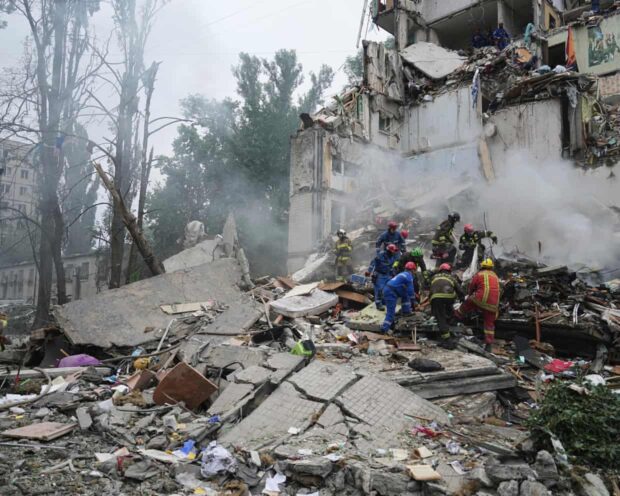
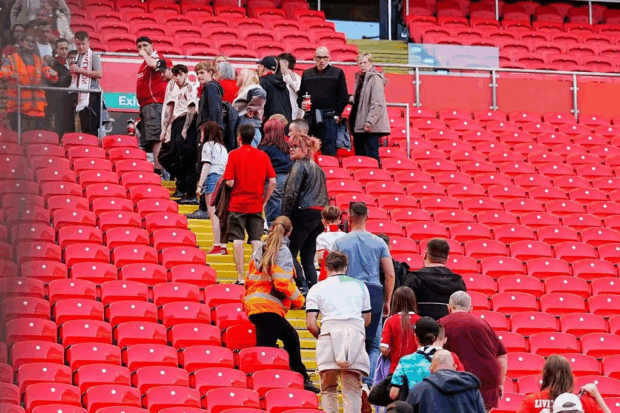
Be the first to leave a comment